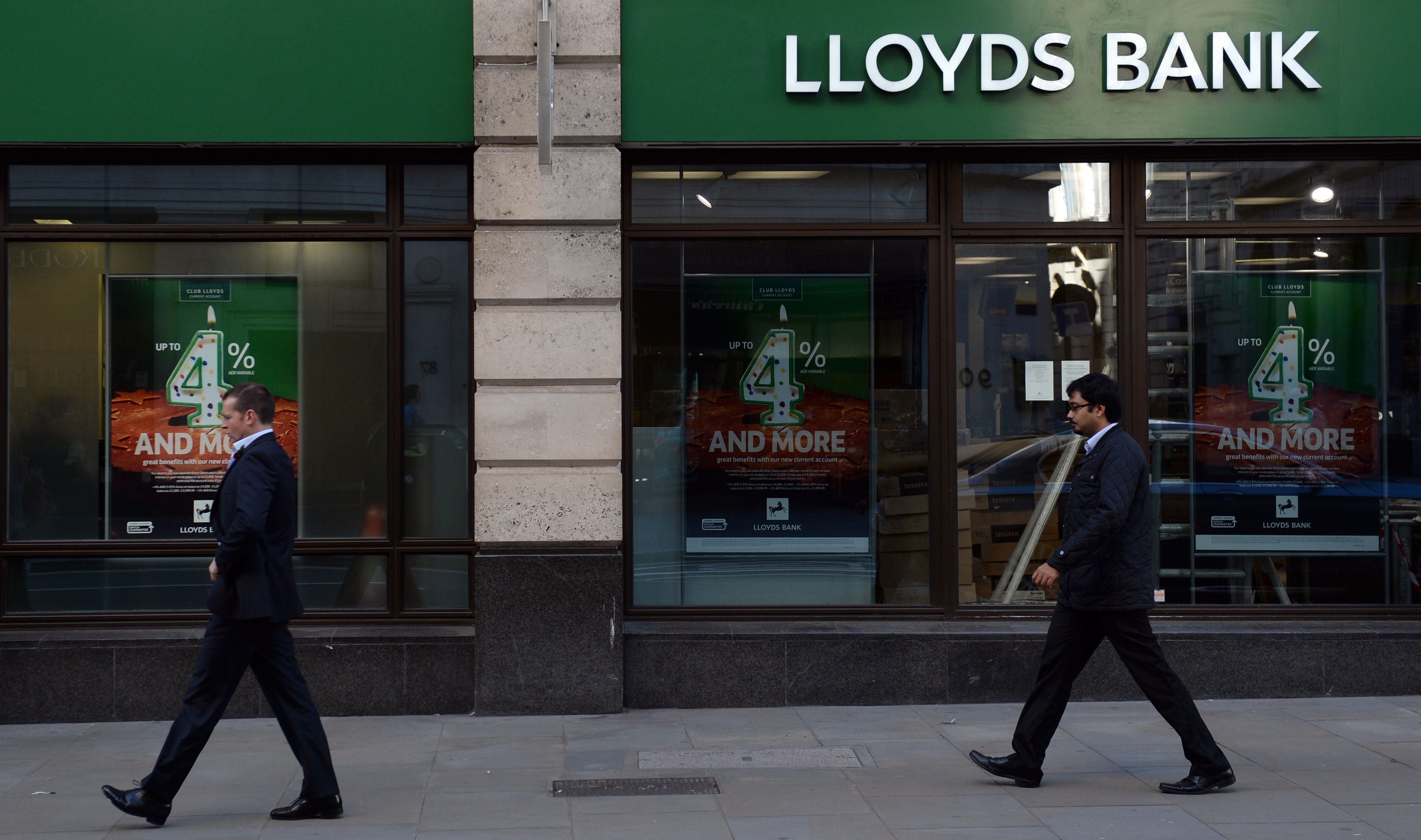What Lloyds Banking Group’s results tell us about the cost of living crisis
Lloyds’ provisions for bad loans were up but they were still much lower than they were pre-pandemic. So why wasn’t there more sign of the crisis in the bank’s results, asks James Moore


Cost of living crisis? What cost of living crisis?
There was little enough sign of what we in the nation’s media have been banging on about for months in Lloyds Banking Group’s results.
Revenues were up, so was the dividend, so were deposits, as customers saved more – helping Lloyds to grow its lending in the process. Costs, meanwhile? They were down.
The bank still managed to kick £1,000 each over to staff to help them deal with inflation. The bank’s bosses aren’t unaware that there is a crisis, it is real, and it is creating problems for people on relatively low incomes.
But that didn’t stop the stock market from cheering these results – and it wasn’t hard to find analysts who were happy to say buy. Small wonder.
Sure, first half pre-tax profits dipped a bit, to £3.67bn from £3.9bn last time. The major reason for that was the fact that the bank had to set aside £377m to cover bad loans, whereas this time last year it benefitted from £734m it had previously set aside, coming back.
Signs of trouble ahead? The crisis baring its teeth?
Not when you consider that that level of provisioning is really very low. It is, in fact, well below the bank’s pre-Covid pandemic level. It is, when you consider the economic conditions, almost extraordinary. Or is it?
You see, there is a reason that Lloyds, a giant, almost solely UK-focused retail bank, is doing so handily in the midst of a very shaky-looking economy, one in which food banks are warning of being overwhelmed.
The people at the sharp end of the crisis, the people who are really suffering from it, aren’t the sort of people who qualify to borrow money from Lloyds.
They are not, if you’ll forgive me for using an unfortunate expression which hasn’t yet died out, among the “prime” borrowers Lloyds focuses on.
“Prime” borrowers are people with some level of disposable income. They’re not loving the current situation. They’ve been doing things like cutting subscriptions in response to it. They might have switched to supermarket own-brand cornflakes.
However, for the most part, they aren’t suffering in the same way, even with inflation in double figures and wage rises failing to match up. They’ve even been able to build up their reserves. Hence those deposits.
Crucially, they’re holding on to their jobs so they’re able to manage their payments. It’ll be a different story if that changes. But while unemployment is expected to tick up a bit further down the line, no one’s (yet) forecasting the return of mass unemployment.
The crisis we’ve been reading so much about is inflicting real pain upon a different group. It includes those on lower incomes. The 2 million or so Britons in insecure work. Young people and young families, who are much more likely to be renters.
When these people borrow, they may have to turn to lenders usually classed as “sub-prime”, which charge much higher rates.
A card issued by Lloyds will, for example, levy an APR of 19.9 per cent. Compare that to the rates offered by Vanquis, which provides plastic to riskier “sub-prime” borrowers. They range from 29.9 per cent to 59.9 per cent, depending on the customer’s credit rating.
The crisis is probably very real to a much larger proportion of its customers than it is to those of Lloyds. High interest rates on debt will inevitably compound it.
This brings us to the question of tax cuts, which Liz Truss would have us believe will somehow magically fix all Britain’s problems if and when she waltzes into Downing Street.
Tax cuts will be a boon to Lloyds Bank borrowers and to borrowers with Barclays, RBS, HSBC UK et al. It won’t be terribly surprising to see a relatively rosy picture emerging from their results over the next couple of weeks
But these relatively well-off borrowers with high street banks don’t need them. They still have the capacity to save and they still have disposable incomes to spend (which helps to explain why the cuts promised by Truss would be inflationary and thus counterproductive).
Targeted support to those whose backs are against the wall – many of whom will be in the “red wall” of potential voters, where incomes are generally lower – is what’s really required in the sharply divided, two-tier Britain. Sadly, this doesn’t look likely to emerge from the terrible twosome battling for No 10.






Join our commenting forum
Join thought-provoking conversations, follow other Independent readers and see their replies
0Comments